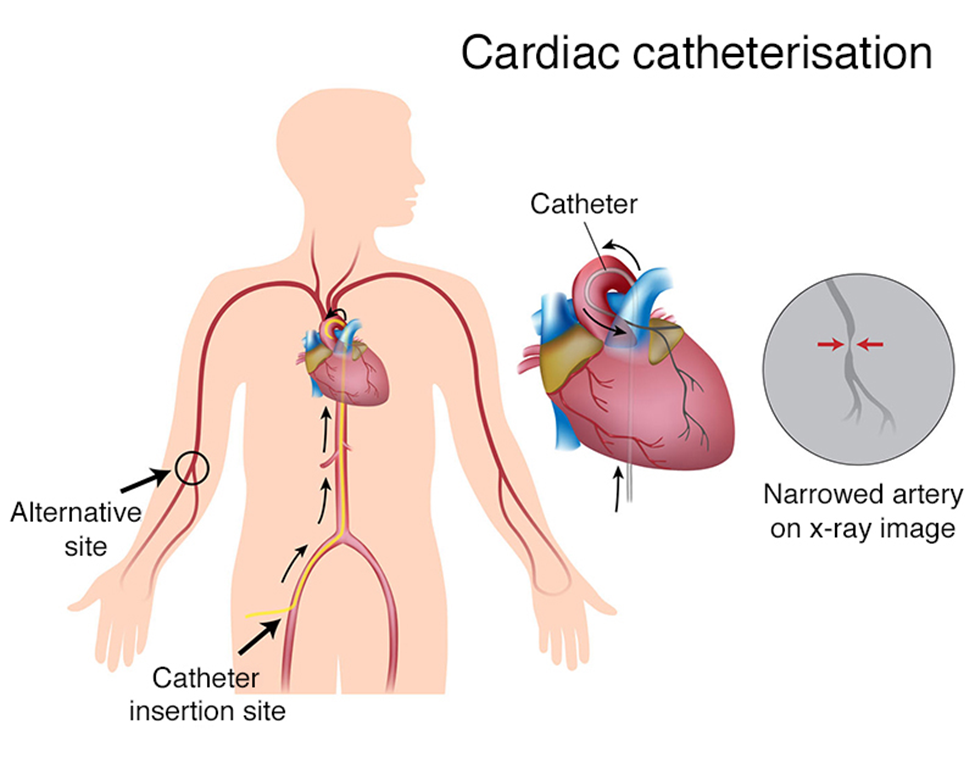A nurse is providing discharge instructions to a client who developed deep-vein thrombosis (DVT) postoperatively and is prescribed anticoagulant therapy. Which of the following instructions should the nurse include?
Wearing loose, non-constricting stockings
Applying cool compresses to her legs
Taking an NSAID tablet daily
Flexing her knees and feet frequently
The Correct Answer is D
A. Wearing loose, non-constricting stockings: This instruction is not recommended for a client with DVT. Compression stockings, which are snug-fitting, may be prescribed to prevent DVT, but loose stockings would not provide the necessary compression.
B. Applying cool compresses to her legs: Cool compresses are not typically recommended for DVT. Warm compresses may be used to improve blood circulation, but cold compresses may not be suitable.
C. Taking an NSAID tablet daily: Nonsteroidal anti-inflammatory drugs (NSAIDs) are not typically recommended for individuals with DVT, especially when on anticoagulant therapy, as they may increase the risk of bleeding.
D. Flexing her knees and feet frequently: This is the correct answer. Encouraging the client to flex her knees and feet frequently helps promote blood circulation and reduces the risk of venous stasis, which can contribute to the formation of blood clots. It is a beneficial measure for clients with DVT.
Nursing Test Bank
Naxlex Comprehensive Predictor Exams
Related Questions
Correct Answer is D
Explanation
A. Restrict the client's fluid intake: There is typically no need to restrict fluid intake after a cardiac catheterization. Adequate hydration is important for preventing complications and promoting recovery.
B. Ambulate the client 1 hr following the procedure: While early ambulation is encouraged in many cases, the timing may vary based on the specific protocols of the healthcare provider. It is important to follow the healthcare provider's orders regarding post-catheterization ambulation.
C. Instruct the client to perform range-of-motion exercises to his lower extremities: Range-of-motion exercises are beneficial to prevent complications such as venous stasis and deep vein thrombosis. However, the specific exercises and timing may vary. It is important to follow the healthcare provider's instructions.
D. Perform neurovascular checks with vital signs: This is the correct answer. After a cardiac catheterization accessed through the femoral artery, it is crucial to monitor neurovascular status in the affected extremity. Assessing peripheral pulses, skin color, temperature, and capillary refill, along with monitoring vital signs, helps detect any signs of complications such as bleeding or vascular compromise.

Correct Answer is B
Explanation
A. "DIC is controllable with lifelong heparin usage": This statement is not accurate. While heparin may be used in the treatment of DIC, it is not a lifelong therapy, and the approach to treatment depends on the underlying cause.
B. "DIC is caused by abnormal coagulation involving fibrinogen": This is the correct answer. DIC is a condition characterized by widespread activation of the clotting cascade, leading to the formation of microthrombi throughout the body. Abnormal coagulation involves the consumption of clotting factors, including fibrinogen.
C. "DIC is a genetic disorder involving a vitamin K deficiency": This statement is not accurate. DIC is not a genetic disorder, and it is not primarily related to vitamin K deficiency. It is an acquired condition often associated with severe infections, sepsis, trauma, or other critical illnesses.
D. "DIC is characterized by an elevated platelet count": This statement is not accurate. In DIC, there is often a decrease in platelet count due to consumption and activation of platelets in the widespread formation of microthrombi.
Whether you are a student looking to ace your exams or a practicing nurse seeking to enhance your expertise , our nursing education contents will empower you with the confidence and competence to make a difference in the lives of patients and become a respected leader in the healthcare field.
Visit Naxlex, invest in your future and unlock endless possibilities with our unparalleled nursing education contents today
Report Wrong Answer on the Current Question
Do you disagree with the answer? If yes, what is your expected answer? Explain.
Kindly be descriptive with the issue you are facing.
